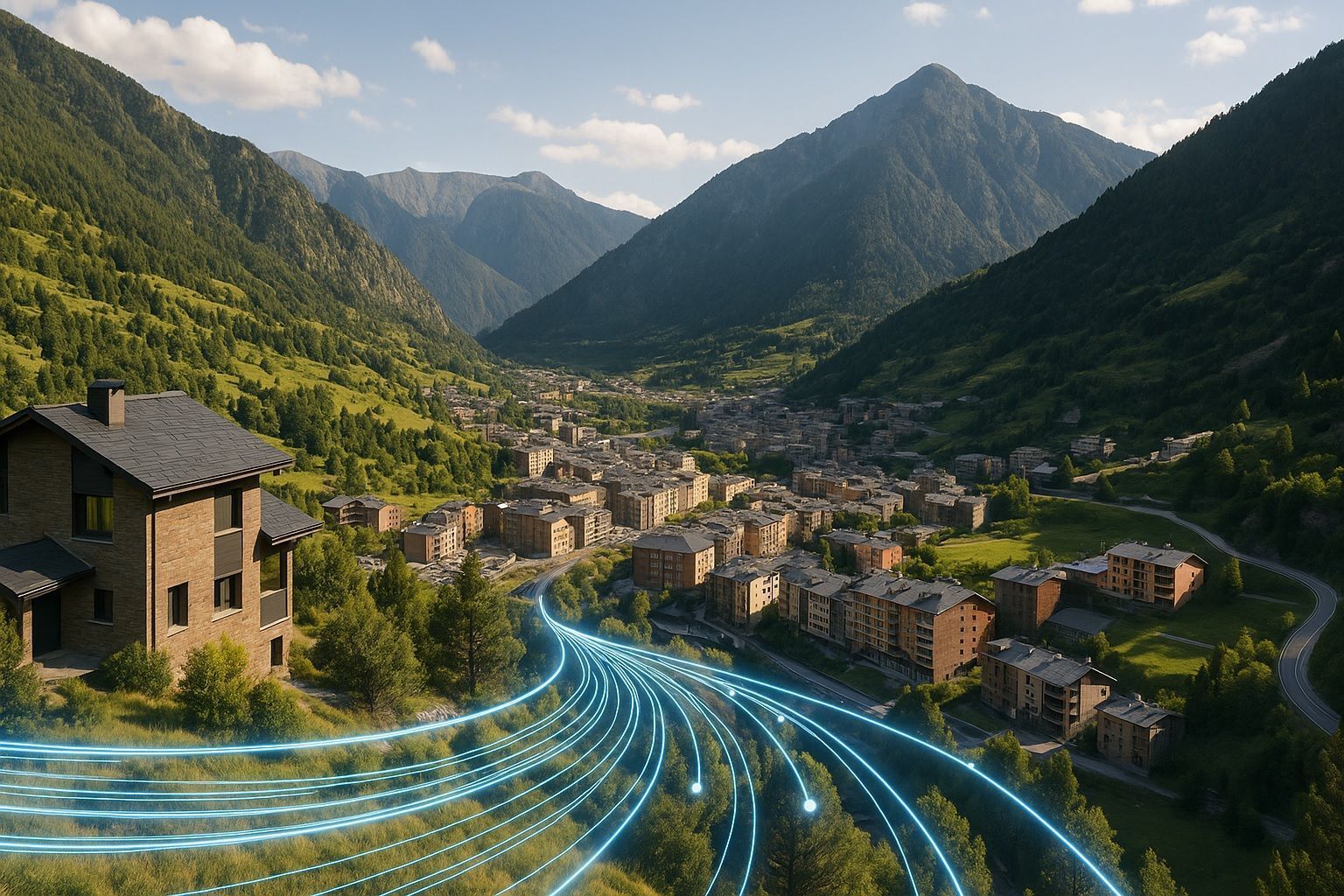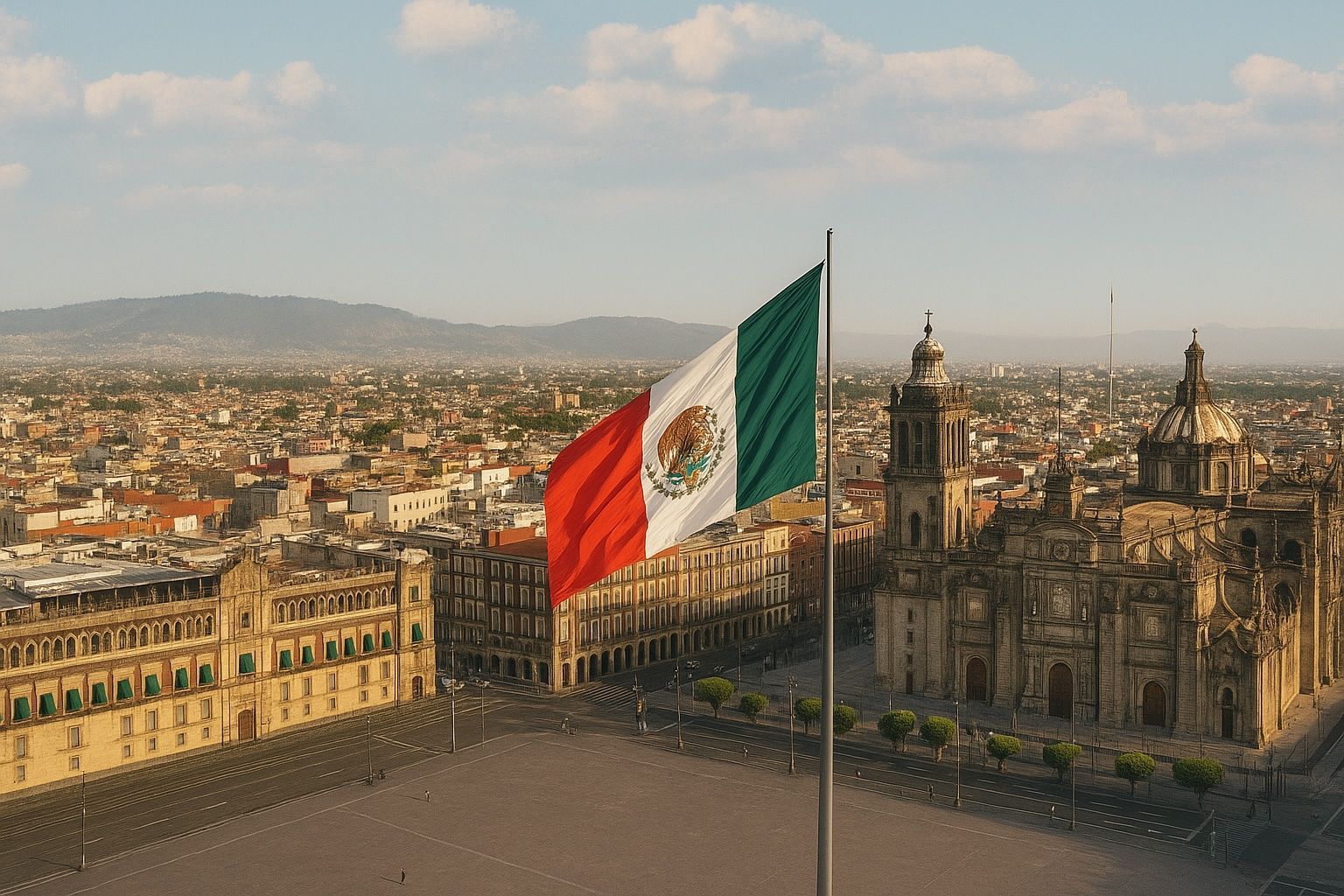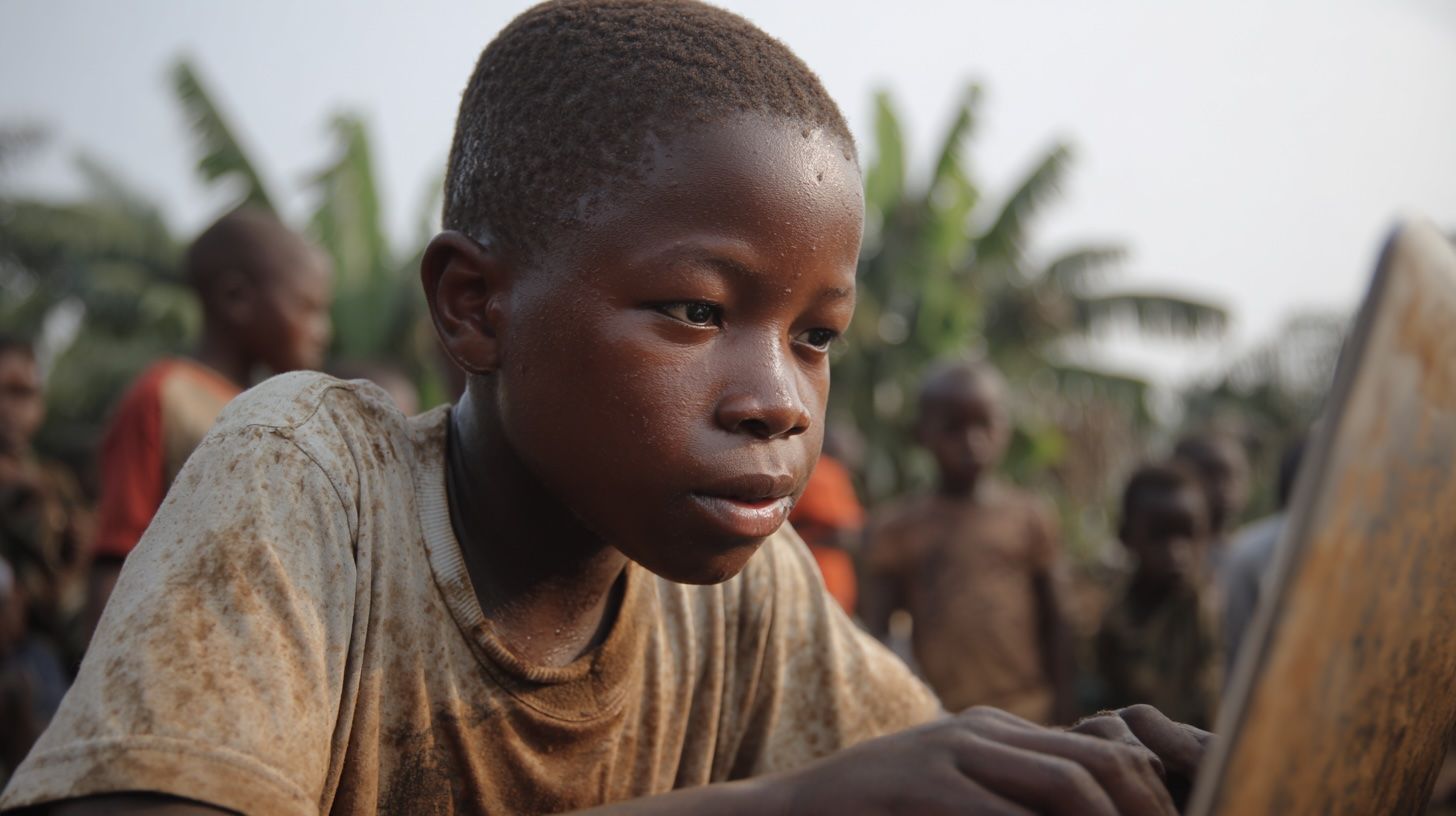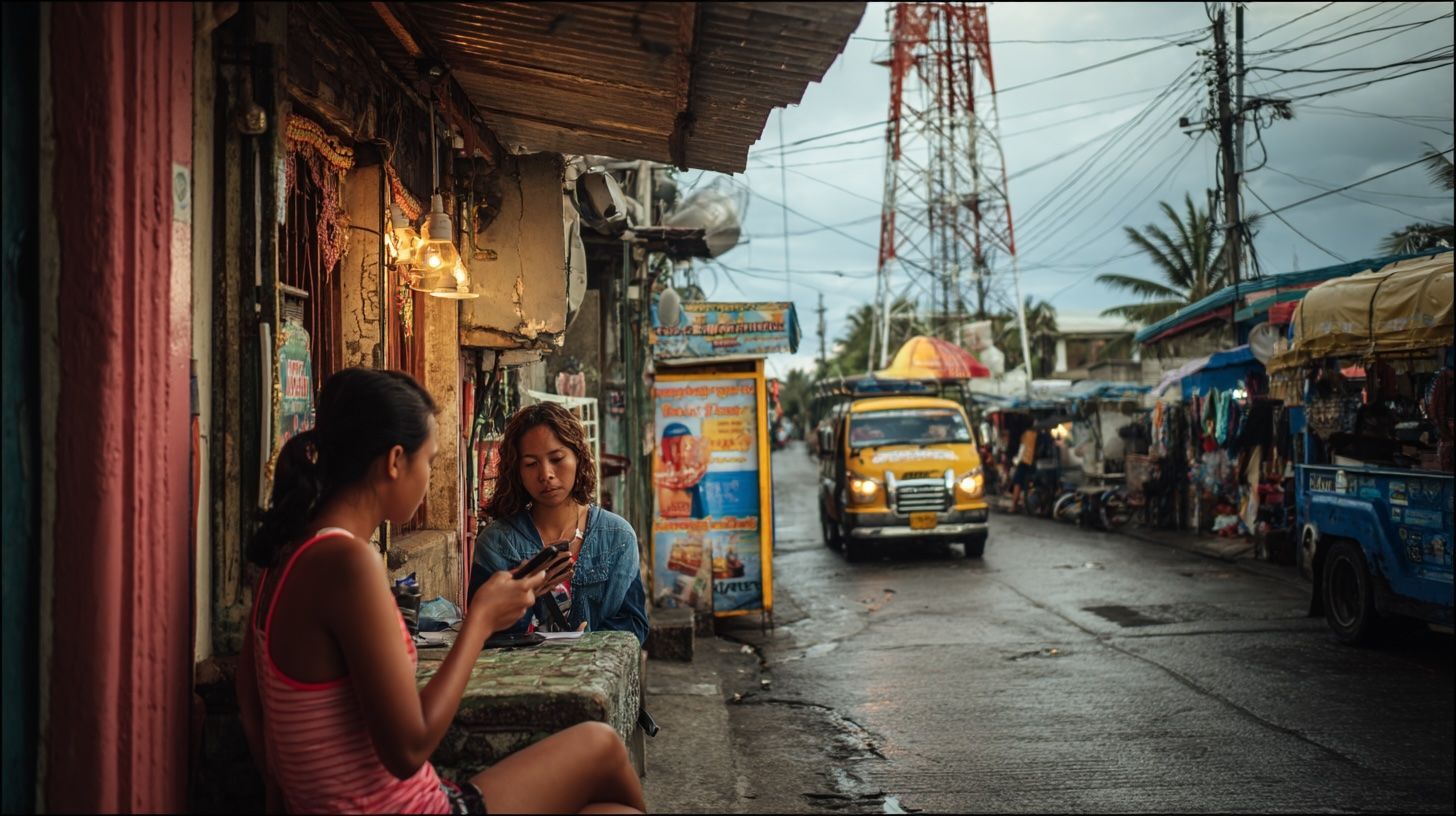
Wi-Fi, Wires & the Sky: The Full Picture of Internet Access in Bangladesh
As of December 2023, Bangladesh had about 131 million internet subscriptions: 118.5 million mobile and 12.9 million fixed broadband. By early 2025, an estimated 77–78 million people were online, roughly 44–45% of the population. End of 2023, Grameenphone (GP) had










